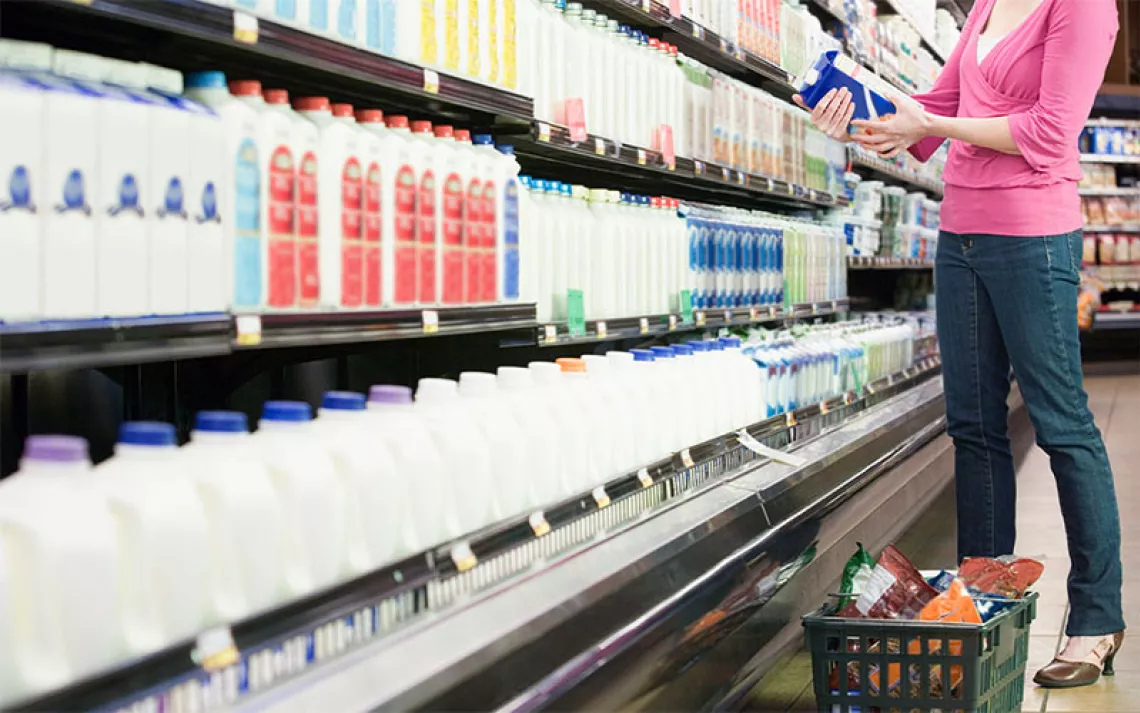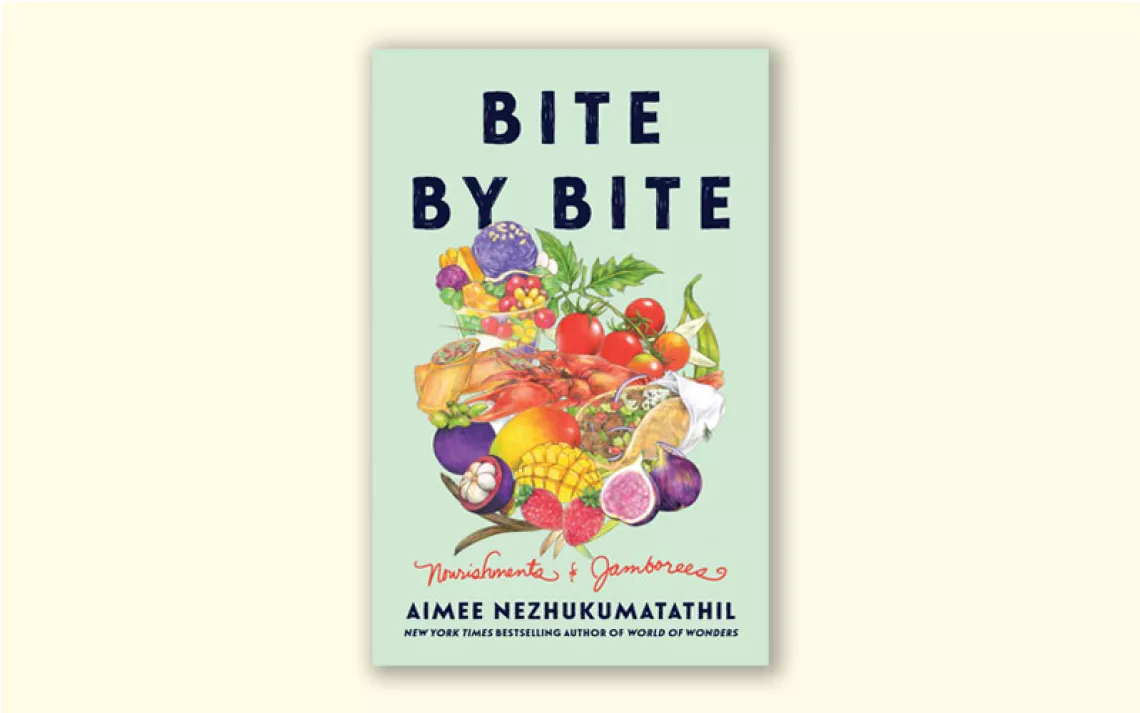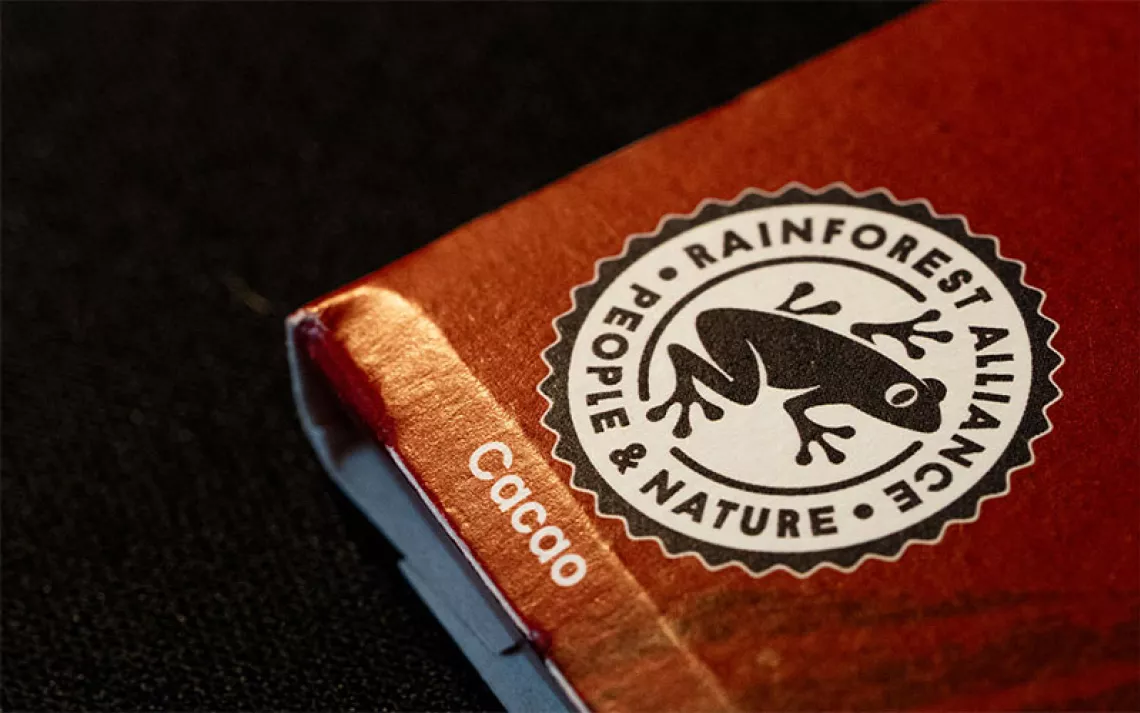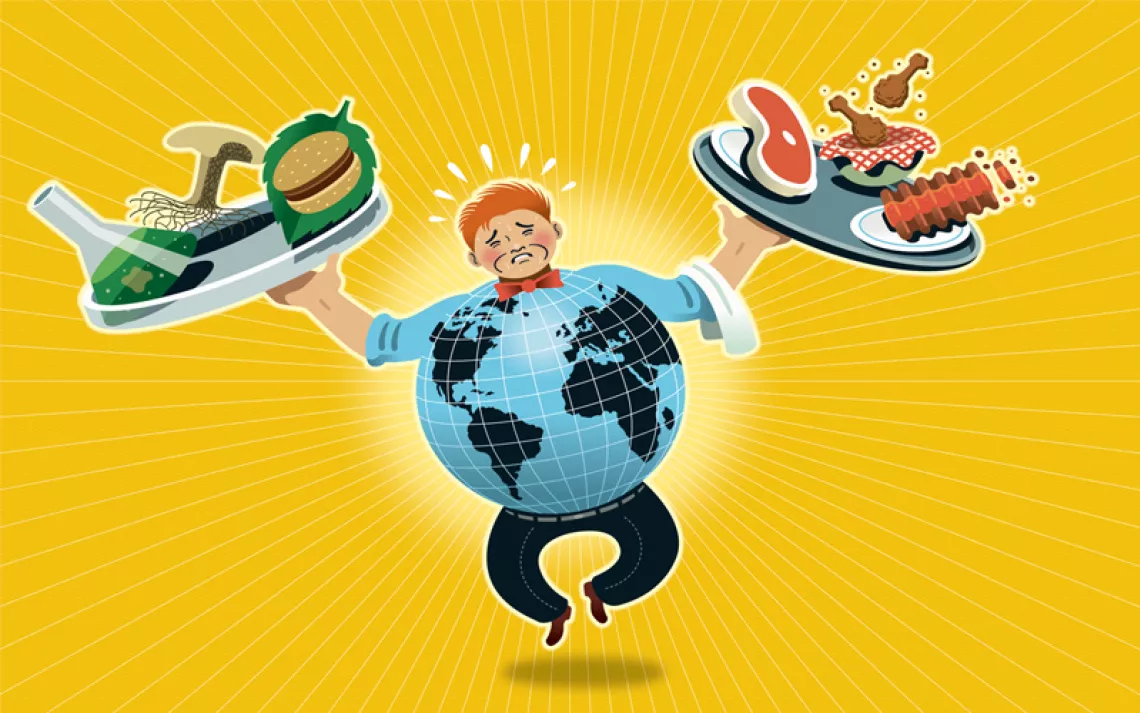10 Innovative Solutions to Food Waste

Photo by Istock/Antonio Gravante
If food waste were a country, its greenhouse gas emissions would rank third in the world after the United States and China, according to a United Nations report. The biggest contributors to the problem? Developed countries.
Experts estimate that U.S. citizens trash a full half of all the food we grow and produce. Seventy million tons of it get tossed annually, occupying 18 percent of the space in our landfills. Overall, we are responsible for a quarter of global food waste. The statistics are hard to swallow, considering one in seven Americans are food insecure and 90 percent of us don’t get enough fruits and veggies; even more so given that we trash much of our food because of unrealistic cosmetic standards for produce and overly stringent expiration dates.
Legislators are finally trying to address the problem with a series of new initiatives that also carry the potential to create jobs, conserve water, and combat climate change.
Last September, the Obama administration issued the nation’s first-ever call for a reduction in food waste, vowing to cut it in half by 2030. Two months later, Congress authorized landmark legislation to loosen restrictions and increase tax benefits for restaurants, grocery stores, and other institutions that donate food. The Food Date Labeling Act, proposed by Senator Richard Blumenthal (D-Conn.) last May, calls for a new, uniform system of labels that would differentiate between “sell by” and “use by” dates. It’s a companion to the Food Recovery Act that Representative Chellie Pingree (D-Maine) introduced to the House last December, which aims to incentivize school cafeterias to buy “ugly” produce and fund large-scale composting and waste-to-energy facilities in states that restrict landfill-bound food scraps, such as California, Massachusetts, and Vermont.
The nation’s leading advocacy groups are joining the fight. Last April, the Natural Resources Defense Council (NRDC) teamed up with the Ad Council to launch Save the Food, a national media campaign consisting of TV spots, billboard ads, and social media videos that included a website detailing easy ways to cut kitchen waste and extend food’s shelf life. The goal, says Dana Gunders, NRDC staff scientist and author of the Waste-Free Kitchen Handbook, is to show consumers that they can make a difference. “A huge amount of food gets wasted because people don’t understand that expiration labels and wilted lettuce aren’t necessarily indicative of food that’s gone bad,” Gunders says. “Once food waste is on your radar, you kind of wake up to it.”
Consumers and proprietors are also getting more educated. A group of international chefs recently launched an initiative to recover food waste from Rio de Janeiro’s Olympic Village.
Some scientists, social entrepreneurs, and other innovators have long been “awake” to our nation’s wasteful ways and are busy devising unique solutions to the 20-billion-pound, $218-billion-a-year elephant in the room. Here’s a smattering of the services, apps, and organizations whose efforts to curb and recover food waste are bearing fruit.
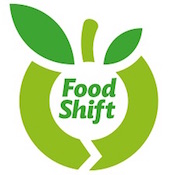 Food Shift: Dana Frasz founded this Oakland, California-based community organization in 2012 in the belief that a more sustainable system could one day process and recover all the food that’s produced. Food Shift’s reach today is extensive—Frasz and co. consult with local businesses to better track their waste, and work with municipalities and counties to recommend interventions in the process. “It’s about thinking of food recovery as a government service that creates jobs, rather than as a charity thing,” Frasz says. In partnership with the Oakland Unified School District and Stopwaste.org, Food Shift also developed a food donation program within 14 Oakland schools. The partners will soon be releasing a guide to support other school districts in establishing food donation programs soon. "Together we figured out a model, and we hope the guide can be used in every community to help accelerate change," says Frasz.
Food Shift: Dana Frasz founded this Oakland, California-based community organization in 2012 in the belief that a more sustainable system could one day process and recover all the food that’s produced. Food Shift’s reach today is extensive—Frasz and co. consult with local businesses to better track their waste, and work with municipalities and counties to recommend interventions in the process. “It’s about thinking of food recovery as a government service that creates jobs, rather than as a charity thing,” Frasz says. In partnership with the Oakland Unified School District and Stopwaste.org, Food Shift also developed a food donation program within 14 Oakland schools. The partners will soon be releasing a guide to support other school districts in establishing food donation programs soon. "Together we figured out a model, and we hope the guide can be used in every community to help accelerate change," says Frasz.
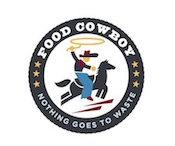 Food Cowboy: This app connects those most likely to have surplus produce (farmers and truckers) with the emergency food charity sector (soup kitchens, churches, and homeless shelters). Through GPS technology, suppliers can alert potential recipients when, say, a produce truck trailer’s refrigeration has gone out—meaning its cargo is no longer acceptable to grocers. “They’ll report what’s on board and its condition, and the app will identify places where the food could be donated,” says social entrepreneur Roger Gordon. He cofounded Food Cowboy four years ago with Barbara Cohen, PhD, a public health expert who has long studied ways of resolving hunger via fresh food rather than static donations—fare that’s canned or otherwise processed. “My brother is a trucker,” Gordon says, “and whenever he had a produce delivery refused, he’d give me a call and I’d try to find a place for it. But it was pretty hard because food banks don’t operate on weekends or evenings.” Food Cowboy charges suppliers a small commission to use the app, two-thirds of which is paid to food banks in exchange for a promise to stay open later. Food Cowboy also operates after-hours “event rescue,” transporting leftover food from weddings and parties to storage at shelters. Gordon is talking to ride-sharing companies about getting drivers on board to give recovered food an uber-convenient lyft to shelters and soup kitchens.
Food Cowboy: This app connects those most likely to have surplus produce (farmers and truckers) with the emergency food charity sector (soup kitchens, churches, and homeless shelters). Through GPS technology, suppliers can alert potential recipients when, say, a produce truck trailer’s refrigeration has gone out—meaning its cargo is no longer acceptable to grocers. “They’ll report what’s on board and its condition, and the app will identify places where the food could be donated,” says social entrepreneur Roger Gordon. He cofounded Food Cowboy four years ago with Barbara Cohen, PhD, a public health expert who has long studied ways of resolving hunger via fresh food rather than static donations—fare that’s canned or otherwise processed. “My brother is a trucker,” Gordon says, “and whenever he had a produce delivery refused, he’d give me a call and I’d try to find a place for it. But it was pretty hard because food banks don’t operate on weekends or evenings.” Food Cowboy charges suppliers a small commission to use the app, two-thirds of which is paid to food banks in exchange for a promise to stay open later. Food Cowboy also operates after-hours “event rescue,” transporting leftover food from weddings and parties to storage at shelters. Gordon is talking to ride-sharing companies about getting drivers on board to give recovered food an uber-convenient lyft to shelters and soup kitchens.
 Spoiler Alert: Large farms and wholesale food distributors can post information about surpluses through this tech platform, triggering real-time notifications to potential nonprofit recipients. Spoiler Alert is the 2015 start-up brainchild of then MIT MBA-candidate Ricky Ashenfelter. To incentivize donors, Ashenfelter equipped Spoiler Alert with metrics that show users’ potential tax benefits as well as tools to collect e-verifications from nonprofits, which of course prove handy come tax time. Though Spoiler Alert currently serves only New England, Ashenfelter has plans to eventually work with nonprofits and food recovery organizations across the country. “We see ourselves as tech first,” he says, “but we’re always looking for groups on the ground whose efforts our software can complement.”
Spoiler Alert: Large farms and wholesale food distributors can post information about surpluses through this tech platform, triggering real-time notifications to potential nonprofit recipients. Spoiler Alert is the 2015 start-up brainchild of then MIT MBA-candidate Ricky Ashenfelter. To incentivize donors, Ashenfelter equipped Spoiler Alert with metrics that show users’ potential tax benefits as well as tools to collect e-verifications from nonprofits, which of course prove handy come tax time. Though Spoiler Alert currently serves only New England, Ashenfelter has plans to eventually work with nonprofits and food recovery organizations across the country. “We see ourselves as tech first,” he says, “but we’re always looking for groups on the ground whose efforts our software can complement.”
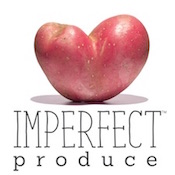 Imperfect Produce: Twenty percent of produce never makes it off the farm due to aesthetic challenges (think crooked carrots and misshapen apples). In fact, growers often overproduce to ensure they meet the volume specifications for orders and then leave cosmetically defective castaways out to rot. That’s why last year entrepreneur Ben Simon founded Imperfect, a novel produce delivery CSA service in California’s Bay Area. Simon’s team coordinates with farmers to buy what they can’t sell to traditional retailers, and for a tidy discount of 30 to 50 percent off, given the produce looks a little funny. Imperfect Produce has teamed up with Whole Foods to get their branded produce into 20 stores in Northern California, and Simon is looking to bring Imperfect into other outposts across the country. “Our goal is to disrupt the traditional food system and brand these rejects in a more positive light,” he says. “It’s about making funny produce the new cool kid.”
Imperfect Produce: Twenty percent of produce never makes it off the farm due to aesthetic challenges (think crooked carrots and misshapen apples). In fact, growers often overproduce to ensure they meet the volume specifications for orders and then leave cosmetically defective castaways out to rot. That’s why last year entrepreneur Ben Simon founded Imperfect, a novel produce delivery CSA service in California’s Bay Area. Simon’s team coordinates with farmers to buy what they can’t sell to traditional retailers, and for a tidy discount of 30 to 50 percent off, given the produce looks a little funny. Imperfect Produce has teamed up with Whole Foods to get their branded produce into 20 stores in Northern California, and Simon is looking to bring Imperfect into other outposts across the country. “Our goal is to disrupt the traditional food system and brand these rejects in a more positive light,” he says. “It’s about making funny produce the new cool kid.”
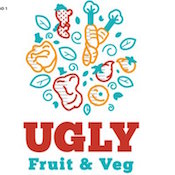 The @UglyFruitandVeg Campaign: It takes a village to transform deeply entrenched perceptions of food. Enter food justice activist Jordan Figueredo’s Ugly Fruit social media campaign, a Twitter/Instagram/WeHeartIt/Facebook compendium of often outlandishly disfigured produce (peppers shaped like snails and anthropomorphic squash) accompanied by playful hashtags such as #partyvegetable or #funactivism. “It’s about celebrating the imperfections of produce—and of life,” says Figueredo, who started Tweeting his own “ugly” pics for fun in late 2014, only to get serially retweeted by celebrity chef Jamie Oliver and subsequently gain thousands of followers. Figueredo, however, is in it for more than likes and retweets—he’s constantly asking followers to support farm-to-food-bank programs and is presently circulating a petition to get big-box stores to retail funny-looking produce—and another one to get grocery giant Albertson's to do the same. #whattheforkwalmart and #targetgetus, indeed.
The @UglyFruitandVeg Campaign: It takes a village to transform deeply entrenched perceptions of food. Enter food justice activist Jordan Figueredo’s Ugly Fruit social media campaign, a Twitter/Instagram/WeHeartIt/Facebook compendium of often outlandishly disfigured produce (peppers shaped like snails and anthropomorphic squash) accompanied by playful hashtags such as #partyvegetable or #funactivism. “It’s about celebrating the imperfections of produce—and of life,” says Figueredo, who started Tweeting his own “ugly” pics for fun in late 2014, only to get serially retweeted by celebrity chef Jamie Oliver and subsequently gain thousands of followers. Figueredo, however, is in it for more than likes and retweets—he’s constantly asking followers to support farm-to-food-bank programs and is presently circulating a petition to get big-box stores to retail funny-looking produce—and another one to get grocery giant Albertson's to do the same. #whattheforkwalmart and #targetgetus, indeed.
Salvage Supperclub: Ever dream of eating expired food from a dumpster? The folks behind Salvage Supperclub serve expired and aesthetically imperfect food in the form of a mouthwatering multicourse dinner. And yes, the pop-up fundraiser events are held in a retrofitted dumpster. Josh Treuhaft, an industrial designer who cites Danish chef and “trash cooking” champion Rene Redzipi as an influence, devised the inaugural Salvage Supperclub event in New York City in 2013 as an MFA thesis project. Last winter, the Supperclub made its West Coast debut via a Berkeley dinner benefitting Food Shift. West Coast Culinary Head Pesha Perlsweig says she doesn’t plan menus, but rather collects surplus, imperfect, and/or recently expired produce from partnering farms and food businesses—always ensuring she’s not taking anything that would otherwise have gone to a food bank. Perlsweig then devises dishes that attendants could and conceivably would make at home using their own wilting and expired food. “I know we’re not changing the world by feeding 16 people for $125, but it’s an educational event,” she says. “We try to highlight what most often goes to waste in a household.” Treuhaft has dreams of producing a Salvage Supperclub cookbook and, to raise awareness on a grander scale, launching a multicity, bio-diesel-powered tour de dumpster.
 Food Forward: In 2009, Los Angeles writer/photographer/chef Rick Nahmias did a food recovery experiment—he distributed the excess fruit from a friend’s backyard tree using Craigslist. It worked, so he got other backyard “hobby gardeners” on board, and within the year had distributed 100,000 pounds of backyard produce to direct-service agencies in and around L.A. Fast-forward to what is now called Food Forward, a volunteer-powered grassroots group that recovers 300,000 pounds of surplus fruits and vegetables each week—gleaning from gardens, 19 different L.A. farmers’ markets, and wholesale distributors. Nahmias says Food Forward is presently enjoying increased interest, thanks to food waste’s recent surge in the news. “It’s one of the few issues on the table that hasn’t been politicized,” he says. “Everyone eats, so it’s a very easy mission to connect with.” Food Forward’s latest objective is to implement food waste programming in L.A.’s public schools. “The oomph behind the recycling movement came from kids coming home and asking, ‘Why are you throwing those bottles away?,’” Nahmias explains, “so we wanted to get inside those little pea brains and get kids to ask those questions around food waste and recovery.”
Food Forward: In 2009, Los Angeles writer/photographer/chef Rick Nahmias did a food recovery experiment—he distributed the excess fruit from a friend’s backyard tree using Craigslist. It worked, so he got other backyard “hobby gardeners” on board, and within the year had distributed 100,000 pounds of backyard produce to direct-service agencies in and around L.A. Fast-forward to what is now called Food Forward, a volunteer-powered grassroots group that recovers 300,000 pounds of surplus fruits and vegetables each week—gleaning from gardens, 19 different L.A. farmers’ markets, and wholesale distributors. Nahmias says Food Forward is presently enjoying increased interest, thanks to food waste’s recent surge in the news. “It’s one of the few issues on the table that hasn’t been politicized,” he says. “Everyone eats, so it’s a very easy mission to connect with.” Food Forward’s latest objective is to implement food waste programming in L.A.’s public schools. “The oomph behind the recycling movement came from kids coming home and asking, ‘Why are you throwing those bottles away?,’” Nahmias explains, “so we wanted to get inside those little pea brains and get kids to ask those questions around food waste and recovery.”
 L.A. Kitchen: The year-old L.A. Kitchen was created in the image of the pioneering D.C. Central Kitchen: a beacon since 1989 for reducing hunger via recycled food prepared by unemployed adults training for culinary careers. It also boasts the same founder, Robert Eggers, and employs the same principles of restructuring urban food systems via social enterprise. But this time, Eggers has a distinct service population in mind: Baby Boomers. “Just like we throw away wrinkled food, society metaphorically throws away wrinkled people,” Eggers explains. “And we’re about to have a surge of older Americans who are food insecure because they don’t have enough money or retirement benefits for all the extra years science has afforded them.” Accordingly, L.A. Kitchen primarily recovers and redistributes excess food to senior-serving nonprofits. Why L.A.? “The city represents an amazing supply-and-demand opportunity,” explains Eggers, who sought to rearrange the pieces of his “D.C. experiment” (which is still thriving) into a “more linear, streamlined” fashion. “The L.A. area grows the healthiest food in the world, and has the largest concentration of people over 65: 1.25 million, a number that’s set to double as Boomers age. Instead of waiting for this problem to hit, we’re trying to innovate early and develop a formula that can be implemented in any major city.” What’s more, formerly incarcerated men and women who’ve graduated from the L.A. Kitchen’s 15-week job training program prepare all the recovered food. Talk about a triple win.
L.A. Kitchen: The year-old L.A. Kitchen was created in the image of the pioneering D.C. Central Kitchen: a beacon since 1989 for reducing hunger via recycled food prepared by unemployed adults training for culinary careers. It also boasts the same founder, Robert Eggers, and employs the same principles of restructuring urban food systems via social enterprise. But this time, Eggers has a distinct service population in mind: Baby Boomers. “Just like we throw away wrinkled food, society metaphorically throws away wrinkled people,” Eggers explains. “And we’re about to have a surge of older Americans who are food insecure because they don’t have enough money or retirement benefits for all the extra years science has afforded them.” Accordingly, L.A. Kitchen primarily recovers and redistributes excess food to senior-serving nonprofits. Why L.A.? “The city represents an amazing supply-and-demand opportunity,” explains Eggers, who sought to rearrange the pieces of his “D.C. experiment” (which is still thriving) into a “more linear, streamlined” fashion. “The L.A. area grows the healthiest food in the world, and has the largest concentration of people over 65: 1.25 million, a number that’s set to double as Boomers age. Instead of waiting for this problem to hit, we’re trying to innovate early and develop a formula that can be implemented in any major city.” What’s more, formerly incarcerated men and women who’ve graduated from the L.A. Kitchen’s 15-week job training program prepare all the recovered food. Talk about a triple win.
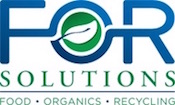 For Solutions: As great as food banks are, they can’t accept everything. Fortunately, municipalities and institutions can choose alternatives to landfills. Sixteen years ago, biologist Nicholas Smith-Sebasto, PhD, was looking into ways to save money on the food waste produced at the colleges and camps where he taught and ended up implementing a unique on-site, aerobic composting system. Not only did it save the institutions it served tens of thousands of dollars annually, but Smith-Sebasto also found that his composter’s digested contents could be redistributed as fertilizer, thereby restoring vital nutrients to the soil. “EPA data says 97% of food scraps are going into landfills, where their nutrients are locked up and eliminated from the cycles,” he says, “which is ridiculous, because we need to prepare for the day when we’ve exhausted crude oil and no longer have the resources to create fertilizer.” Smith-Sebasto’s system has been patented in the United States since 2014, meaning it’s available for implementation in municipalities, schools, prisons, and other institutions. He says his dream is for small-scale composters to become as prevalent as garbage trucks.
For Solutions: As great as food banks are, they can’t accept everything. Fortunately, municipalities and institutions can choose alternatives to landfills. Sixteen years ago, biologist Nicholas Smith-Sebasto, PhD, was looking into ways to save money on the food waste produced at the colleges and camps where he taught and ended up implementing a unique on-site, aerobic composting system. Not only did it save the institutions it served tens of thousands of dollars annually, but Smith-Sebasto also found that his composter’s digested contents could be redistributed as fertilizer, thereby restoring vital nutrients to the soil. “EPA data says 97% of food scraps are going into landfills, where their nutrients are locked up and eliminated from the cycles,” he says, “which is ridiculous, because we need to prepare for the day when we’ve exhausted crude oil and no longer have the resources to create fertilizer.” Smith-Sebasto’s system has been patented in the United States since 2014, meaning it’s available for implementation in municipalities, schools, prisons, and other institutions. He says his dream is for small-scale composters to become as prevalent as garbage trucks.
 Power Knot: Power Knot has developed a new machine that rapidly digests up to 4,000 pounds of food waste per day. The LFC (which stands for Liquid Food Composter) not only creates a discharge that’s safe for the sewage system (and thus diverted from landfills, where it would emit methane), but also helps the resorts, restaurants, cafeterias, stadia, and food distribution centers that employ it to better manage their carbon footprints. How? By sending statistics and diagnostics on individual operations’ waste usage to the cloud. This enables managers to remotely monitor usage, and ideally, to identify ways of reducing food waste. Says Power Knot’s founder/president Iain Milnes, “Laws to prevent food waste are a step in the right direction, but the progress toward keeping all waste food that is generated commercially out of the landfills is progressing too slowly. We are running out of time to solve the issue of global warming.”
Power Knot: Power Knot has developed a new machine that rapidly digests up to 4,000 pounds of food waste per day. The LFC (which stands for Liquid Food Composter) not only creates a discharge that’s safe for the sewage system (and thus diverted from landfills, where it would emit methane), but also helps the resorts, restaurants, cafeterias, stadia, and food distribution centers that employ it to better manage their carbon footprints. How? By sending statistics and diagnostics on individual operations’ waste usage to the cloud. This enables managers to remotely monitor usage, and ideally, to identify ways of reducing food waste. Says Power Knot’s founder/president Iain Milnes, “Laws to prevent food waste are a step in the right direction, but the progress toward keeping all waste food that is generated commercially out of the landfills is progressing too slowly. We are running out of time to solve the issue of global warming.”
 The Magazine of The Sierra Club
The Magazine of The Sierra Club
